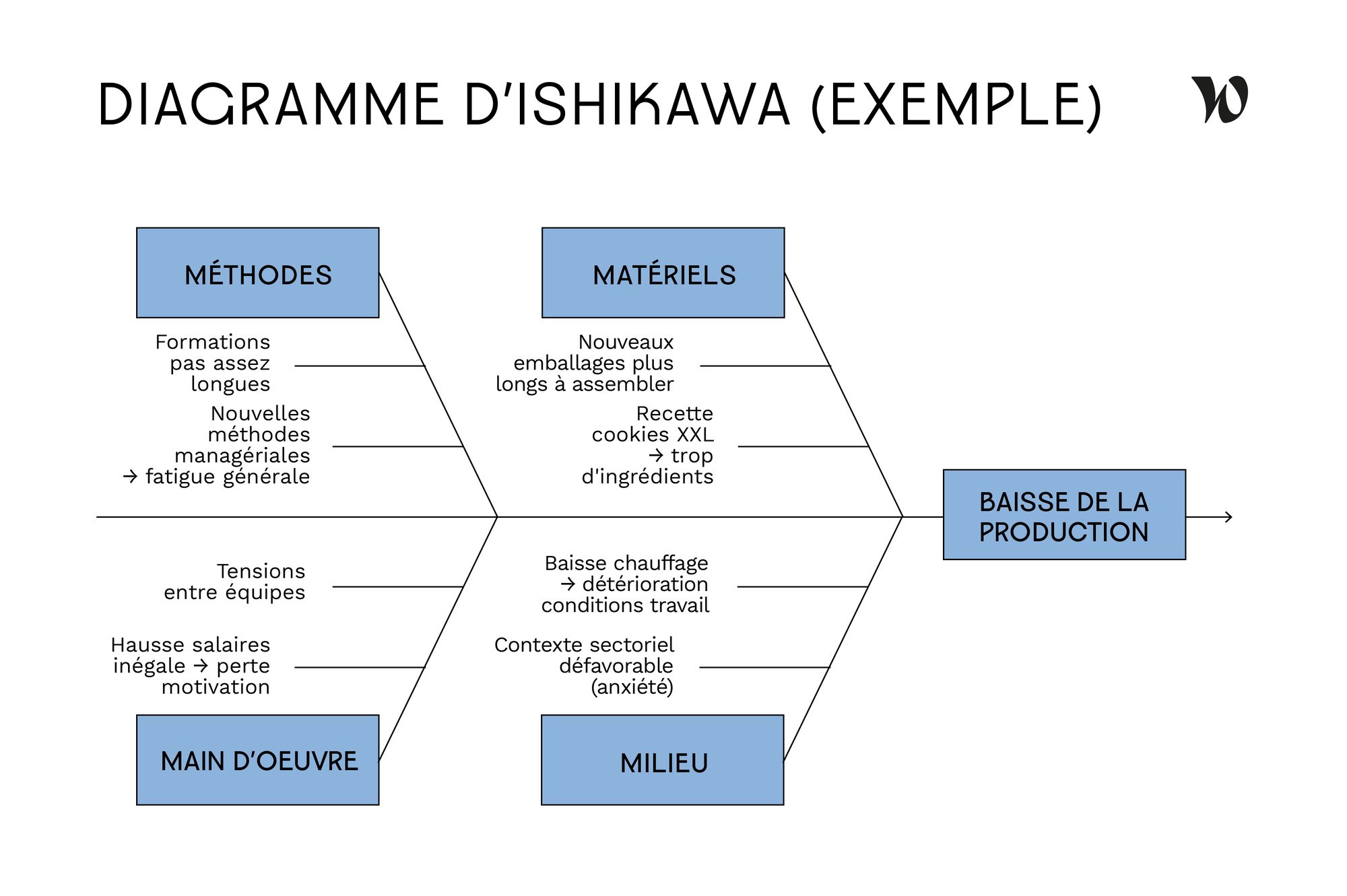
Diagramme d'Ishikawa exemple en 4 étapes
Ishikawa Diagram Template. A customizable vector ishikawa diagram template is offered for free download and print. Creating such a diagram requires less than 5 minutes for the predefined shapes. This amazing ishikawa diagram example is created by EdrawMax, which is available in different formats.

Construction du diagramme d'Ishikawa comment ça marche
To create a ishikawa diagram in Lucidchart, click this pre-made template and edit it to suit your purposes. To edit the text, double-click it and begin typing. The color scheme is also easily customizable from the Graphics panel. Make a diagram. A ishikawa diagram is also known as a fishbone diagram, and is named after its creator, Kaoru Ishikawa.

Ishikawa Diagram Template Ppt QUHOLY
La définition du diagramme d'Ishikawa, aussi appelé diagramme de causes et effets, est très simple : il s'agit d'une possibilité de représentation graphique entre différentes causes et les effets ou résultats qui en découlent. Il est souvent utilisé dans le processus de résolution de problèmes.

Le diagramme d'Ishikawa pour identifier les risques La gestion de
An Ishikawa diagram, also known as a fishbone diagram or cause-and-effect diagram, is a visual representation used to analyze and display the potential causes of a specific problem or effect. This diagram is named after Professor Kaoru Ishikawa , a Japanese quality control statistician, who popularized its use in the 1960s.
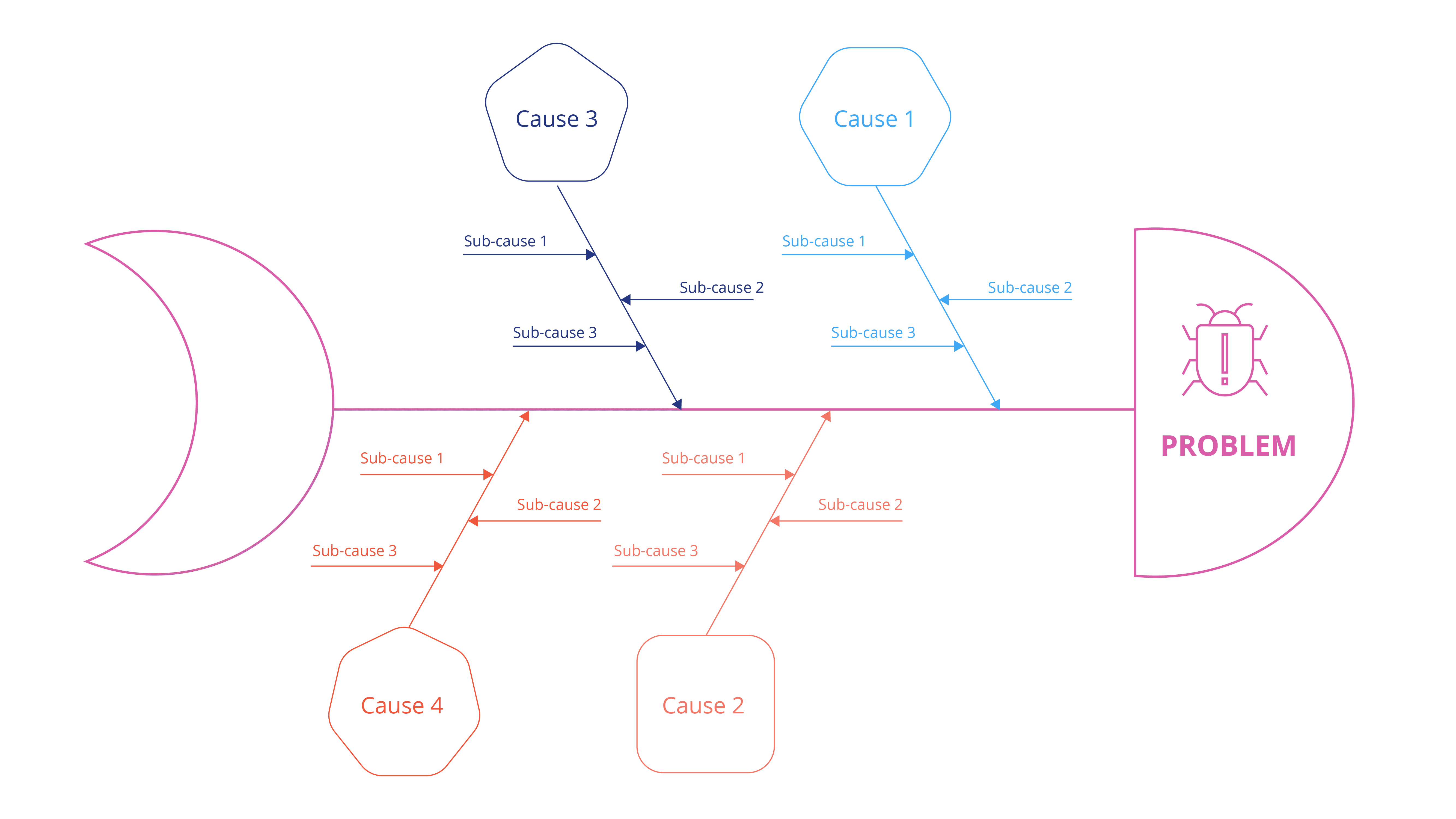
Résoudre les problèmes avec Le Diagramme ISHIKAWA The Lean Six Sigma
La raison principale pour faire un diagramme Ishikawa est de pouvoir reconnaitre les différentes causes d'un problème, définir celles qui en sont les plus marquantes, et décider des mesures correctives à mettre en œuvre pour juguler la problématique ou dysfonctionnement. Voyons 6 raisons pour appliquer une telle méthode.

Ishikawa Construire un diagramme d'Ishikawa par étape
Le diagramme d'Ishikawa peut également évoluer en fonction des besoins de l'entreprise en rapport avec la problématique soulevée : Diagramme d'Ishikawa pour la vente. Il s'agit d'un autre exemple de diagramme d'Ishikawa adapté à la vente. Le problème posé est : « Le chiffre d'affaires de l'entreprise est en baisse de 5 % ».
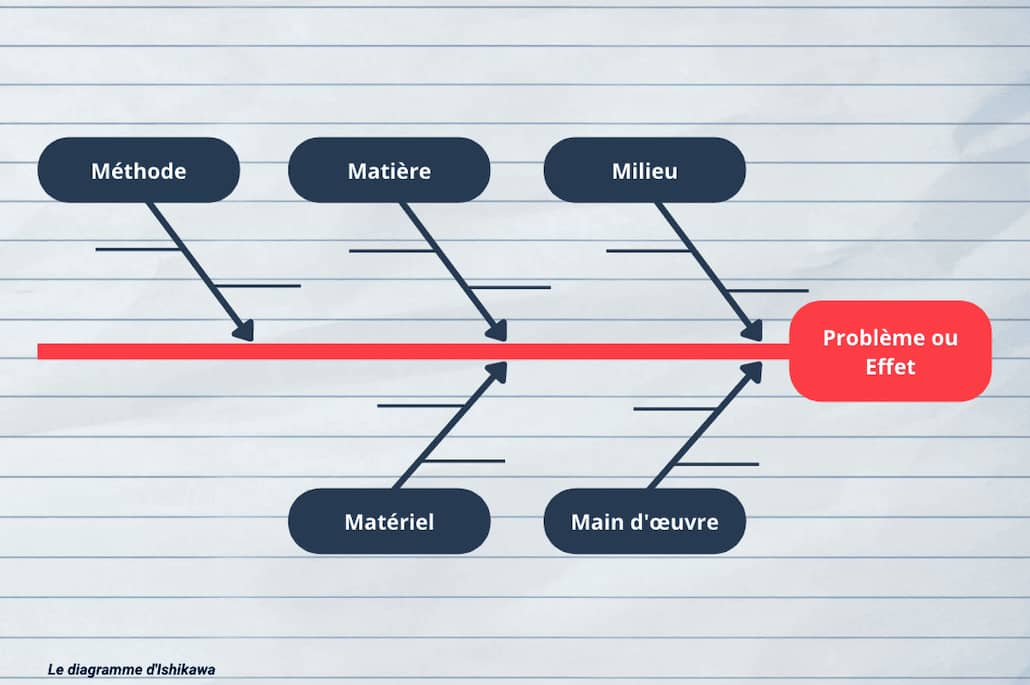
Diagramme d’Ishikawa un outil pour résoudre les problèmes
Let us outline the steps involved in making a cause and effect diagram in EdrawMax. Step 1: Launch the EdrawMax Software. Step 2: Pick an Ishikawa Diagram Template. Goto New > Management and click the Cause and Effect Diagram button from the top. Now, choose a preferred diagram template.

Exemples diagramme ishikawa dans l'analyse des problèmes
An Ishikawa diagram is designed to show the potential causes of a specific event or process. It is commonly used in product development to brainstorm and outline the different steps within a given process, allocate resources, and determine whether quality control issues are likely to arise. The diagram is named after its creator, Kaoru Ishikawa.

Diagramme d'Ishikawa exemple en 4 étapes
What Is an Ishikawa Diagram? The cause and effect chart is one of the main and most popular tools for analyzing and solving quality problems in enterprises. Ishikawa diagram allows to identify the causes of actual or potential failures of various types of projects.
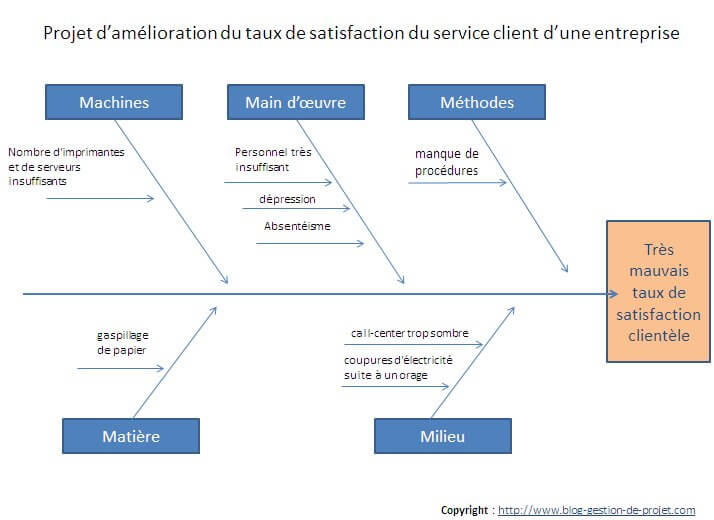
Comment appliquer le diagramme d’Ishikawa à la gestion de projet?
Savoir utiliser le diagramme d'Ishikawa. Rédigé par Laurent GRANGER - Mis à jour le 20/07/2023. Aussi appelé diagramme de causes/effets" ou "en arêtes de poisson", l'outil créé par Mr Ishikawa fait partie de ceux à posséder dans sa trousse à outils spéciale "résolution des problèmes". Mais pas seulement !

Le diagramme d'Ishikawa recense les causes potentielles d'un problème
Constructing a Fishbone Ishikawa Diagram to identify root causes/problems. Xmind is the most professional and popular mind mapping tool. Millions of people use Xmind to clarify thinking, manage complex information, brainstorming, get work organized, remote and work from home WFH. Constructing a Fishbone Ishikawa Diagram to identify root causes.
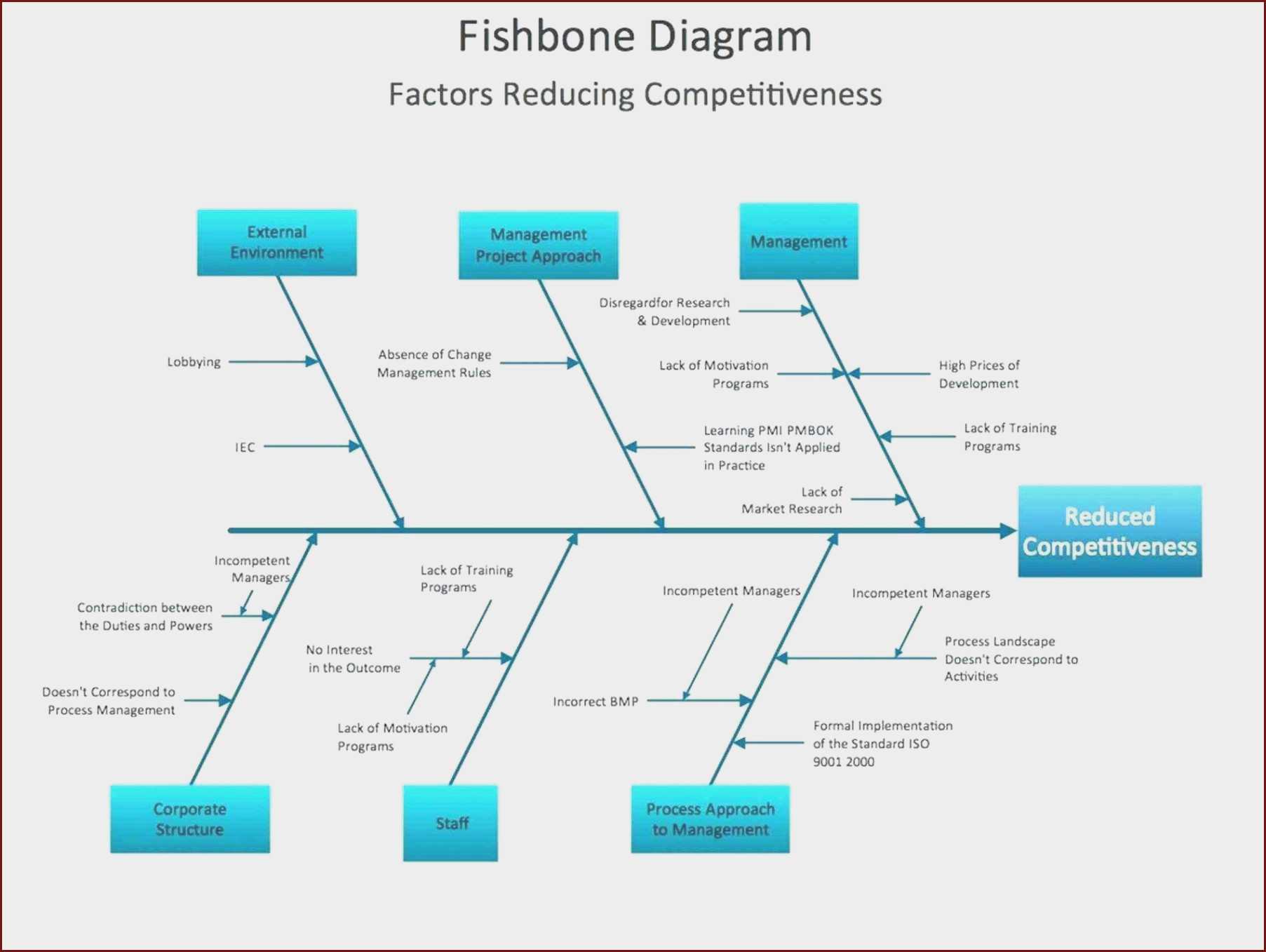
Ishikawa Diagram Template Word
Ishikawa diagram, also called the Fishbone diagram, is a tool used to identify problems in a system. It shows how causes and effects are linked and helps analyze what is going wrong with systems, processes, and products. The name comes from Japanese engineer Kaoru Ishikawa who developed the method in the 1960s.
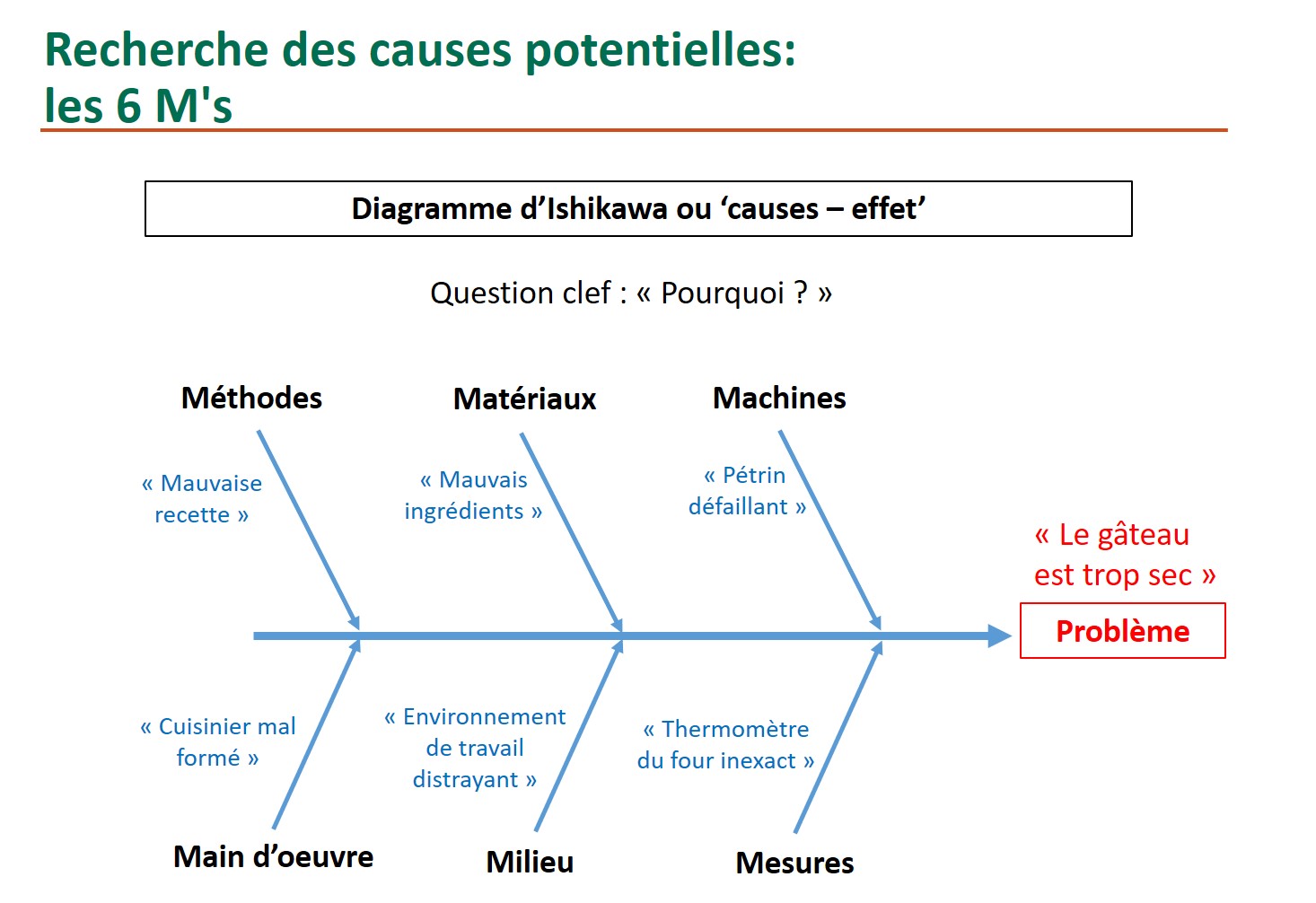
Diagramme d’Ishikawa en exemple
Ishikawa diagrams (also called fishbone diagrams, herringbone diagrams, cause-and-effect diagrams) are causal diagrams created by Kaoru Ishikawa that show the potential causes of a specific event.. Common uses of the Ishikawa diagram are product design and quality defect prevention to identify potential factors causing an overall effect. Each cause or reason for imperfection is a source of.
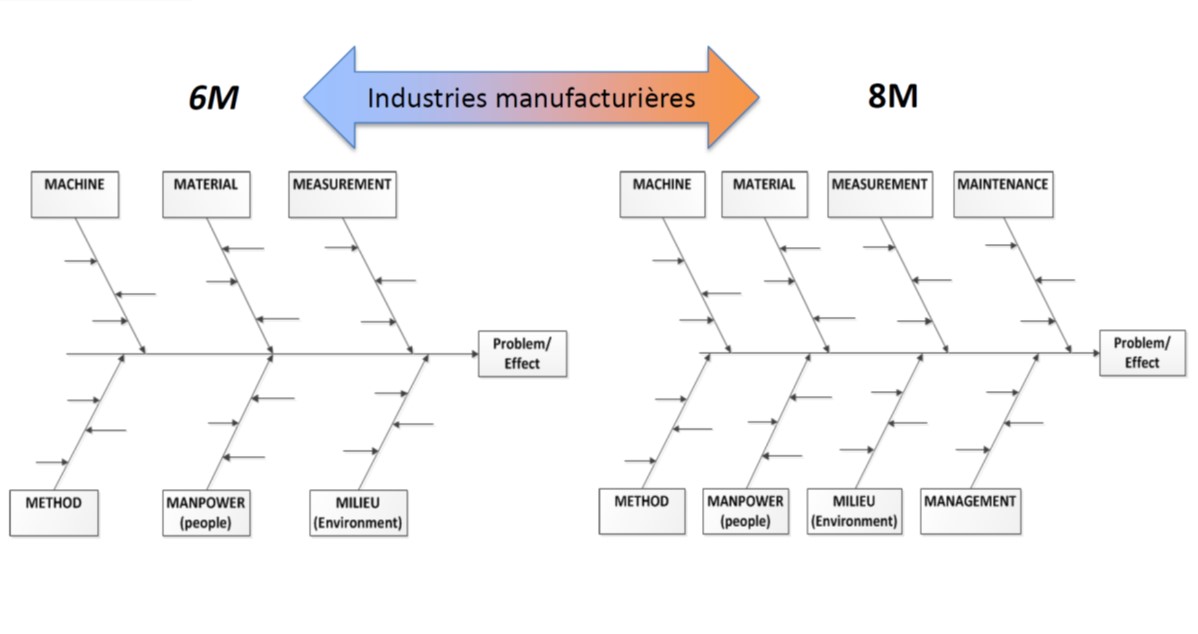
Diagramme d’Ishikawa en exemple
Select a fishbone template, add "bones" to the diagram, and type in your information. It's that simple. SmartDraw's fishbone diagram maker does much of the drawing for you. Causes are connected automatically and you can move or delete them without having to redraw connections manually. Let SmartDraw help you do the drawing while you explore the.
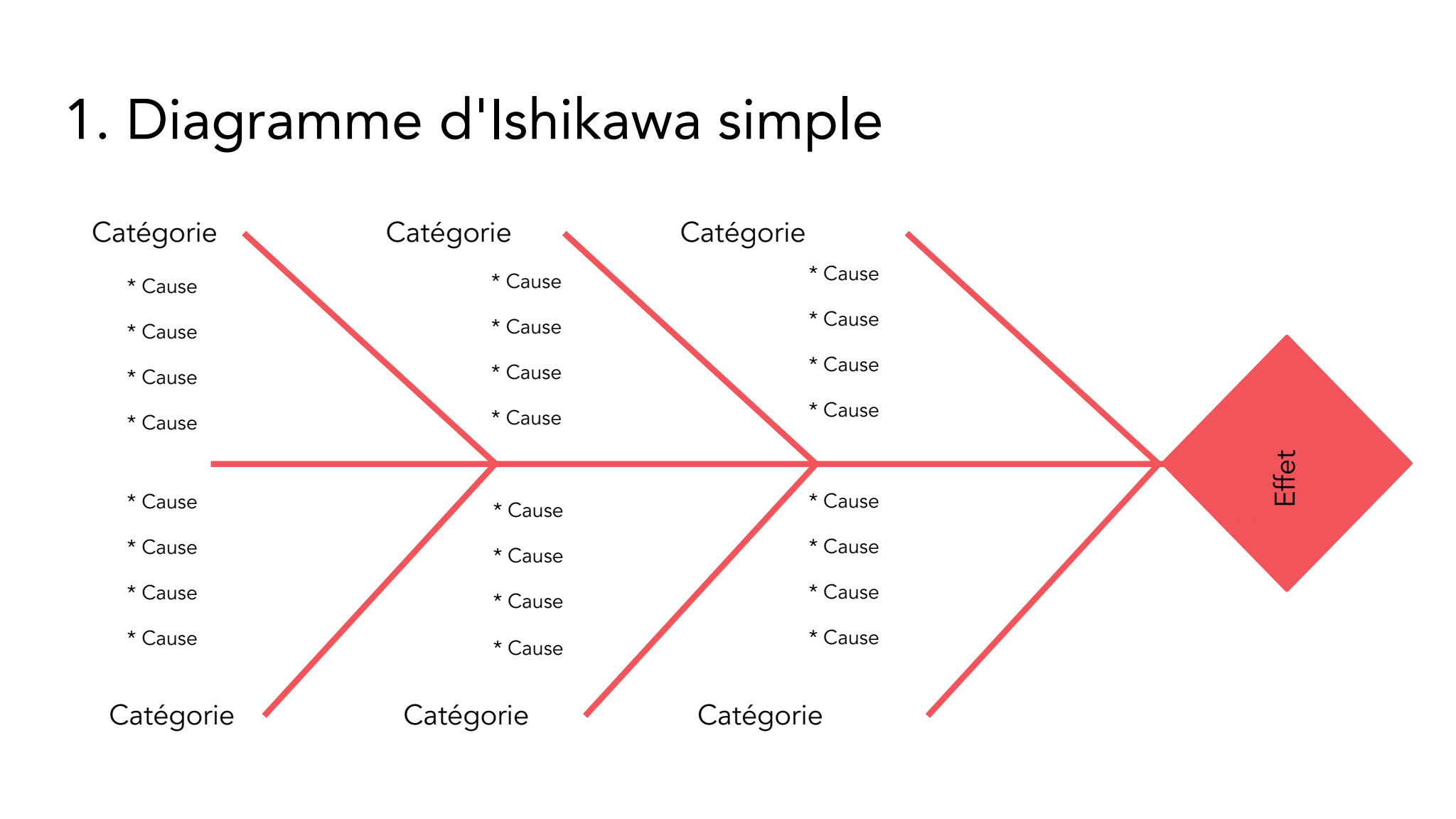
Modèles pour créer des diagrammes Ishikawa
Créé par le professeur Kaoru Ishikawa, ce diagramme d'Ishikawa est une méthode utilisée juste après un brainstorming, en groupe de travail pluridisciplinaire, pour trier toutes les idées et les ranger. 💡 En premier lieu pensé dans une démarche de qualité, il est applicable à l'ensemble des métiers de l'entreprise, notamment à la gestion des risques et la gestion de projet.

Faire un diagramme d'Ishikawa en ligne Lucidchart
Exemple d'utilisation : le cas d'un restaurant. Le diagramme d'Ishikawa, aussi appelé diagramme de causes et effets ou encore diagramme en arêtes de poisson, est un outil de résolution de problème d'entreprise. Conçu par Kaoru Ishikawa, ce diagramme prend la forme d'un arbre avec plusieurs branches (ou d'une arête de poisson).